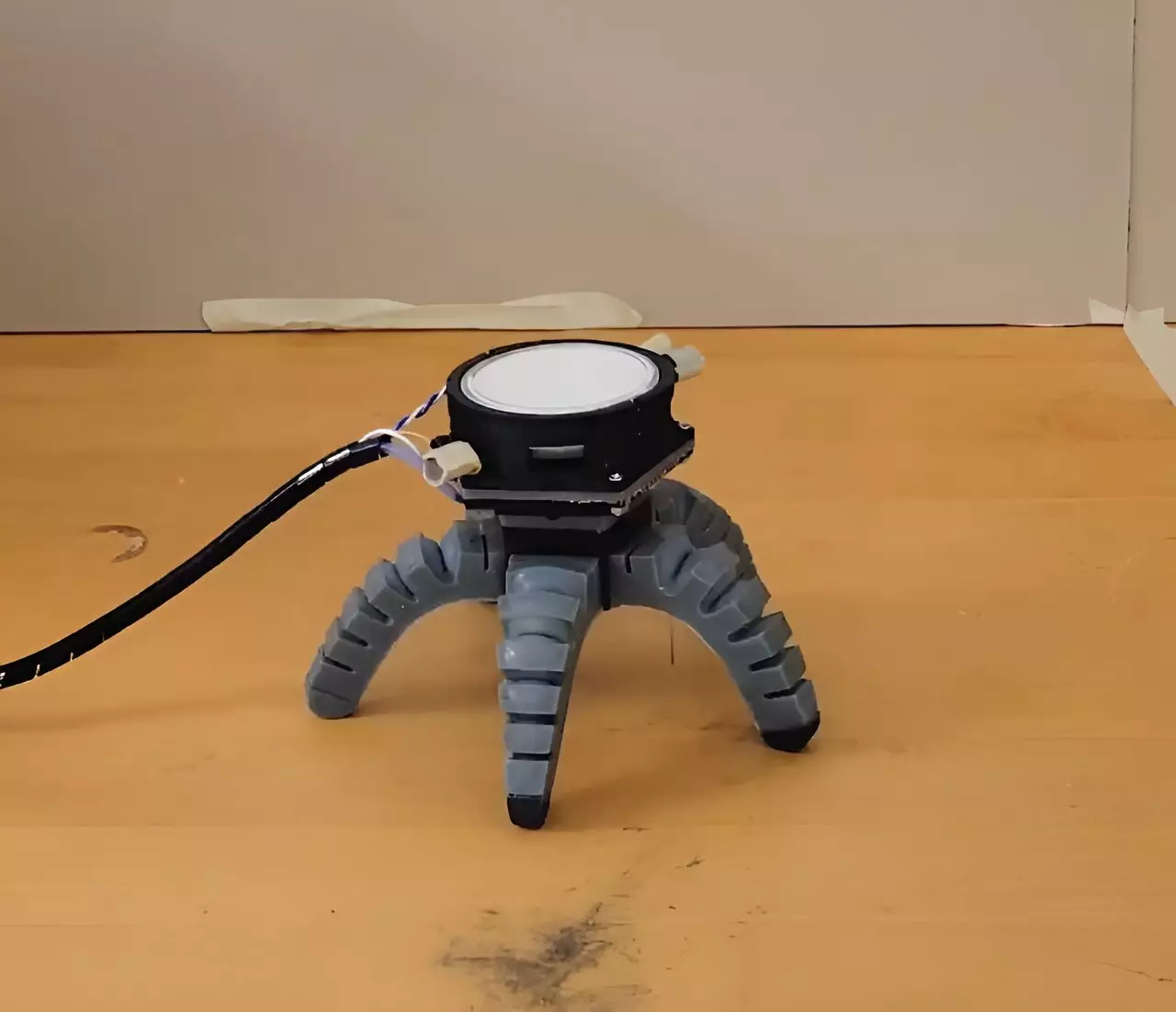In a groundbreaking study, researchers at Cornell University are redefining robotics through the integration of biological elements, particularly fungal mycelia. This innovative approach unveils the potential for “biohybrid” robots, which are capable of more sophisticated interactions with their environment thanks to the unique properties of living organisms. The research highlights how a fusion of technology and biology might address some of the pressing challenges faced in robotics, ultimately paving the way for smarter, more adaptable machines.
Mycelia: Nature’s Intelligent Material
At the heart of this research is mycelia, the underground part of mushrooms, renowned for their resilience and responsiveness to various stimuli. Unlike conventional materials used in robotics, mycelial networks exhibit the ability to sense and react to environmental changes, offering an inherent intelligence that synthetic sensors lack. This inherent functionality provides a level of adaptability crucial for robots operating in unpredictable and dynamic settings—qualities that are vital for agricultural applications, disaster response, and beyond.
Anand Mishra, the lead author of the study, underscores the importance of leveraging biological systems to create robots that can self-regulate and respond to multifaceted inputs. While traditional sensors often serve single functions, mycelia offer the potential for multidimensional feedback—an essential advantage when robots encounter uncharted environments. This opens a pathway for future designs that not only mimic creature movements but also emulate the sensory multiplicity of living organisms.
Creating such biohybrid robots necessitates a convergence of diverse fields including mechanical engineering, electronics, mycology, and neurobiology. Mishra’s project illustrates how effective collaboration across disciplines is vital for pioneering research. Consultants like Bruce Johnson and Kathie Hodge provided expertise not only in understanding the biological underpinnings of fungi but also in overcoming technical obstacles such as signal recording and contamination management during experiments.
Mishra developed a sophisticated system that involves an electrical interface specifically designed to filter out unwanted noise from other signals, thus allowing for clear and accurate readings of the mycelial activity. This innovative methodology included crafting a controller modeled after natural neural networks that can interpret the rhythmic electrical signals from the mycelia. The evolution of these techniques signals a significant advancement in the interface between biology and robotics, giving rise to systems that react in real-time to their surroundings.
The research team successfully created two distinct robots: a soft, spider-like machine and a wheeled counterpart. These constructs were subjected to a series of experiments designed to evaluate the efficacy of mycelia as a control mechanism. Early trials revealed that the robots showed varied movements correlated with the natural spikes in electrical activity from the mycelia. By introducing external stimuli, like ultraviolet light, the researchers observed changes in gait and locomotion—demonstrating that the robots could adapt their behaviors based on environmental inputs mediated by living systems.
These experiments not only validated the mycelial control mechanism but also highlighted a significant benefit: the ability to override innate responses when necessary. This showcases a dual-control capacity which could be vital in scenarios where autonomous decision-making is crucial.
The implications of this research extend beyond the domain of robotics; they signify a transformative perspective on how living and synthetic systems can coexist and collaborate. Mishra points out that understanding the signals emitted by mycelia provides insights into the internal states and stresses experienced by these organisms. This connection creates a more profound relationship between machines and biology, opening avenues for innovations that leverage living systems to enhance robotic capabilities.
Furthermore, the potential applications of these advances are vast. For instance, future robots equipped with fungal sensors could detect changes in soil chemistry in agricultural settings, enabling timely responses to optimize fertilization processes. This could help mitigate environmental issues linked to agriculture, such as nutrient runoff and subsequent water pollution.
The pioneering efforts of Cornell researchers serve not merely as an exploration of new technologies but mark the beginning of symbiotic relationships between living organisms and machines. As robotics evolves, embracing biohybrid systems could lead to revolutionary changes in how we harness technology for environmental stewardship and beyond, fostering a landscape where nature and innovation coexist harmoniously.


Leave a Reply